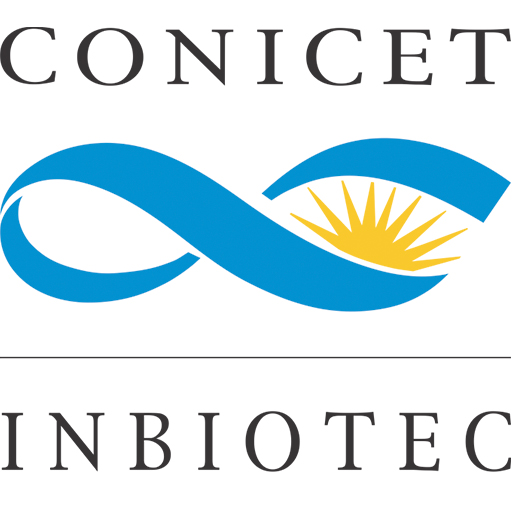Journal of Sustainable Agriculture and Environment, 09 January 2024, 2024
Abstract
Introduction
Inoculation of plants with beneficial microorganisms may improve plant performance yet suffers from efficacy variability. A solution might be the combined application of different inoculants as consortium. The objective of the present study was to evaluate the effects of single or combined inoculation of Trichoderma harzianum, strain TGFG411, and a consortium of arbuscular mycorrhizal fungi (AMF) on plant growth, and native microbial communities (here bacteria/archaea, fungi and AMF) in root-associated soil (RAS) and rhizosphere (RH), that is, soil loosely or tightly attached to the roots, respectively.
Materials and Methods
A greenhouse experiment was carried out with non-sterile agricultural soil and the model crop maize, which was single inoculated with either TGFG411 or AMF or received a combined inoculation of TGFG411 + AMF. Control plants received only water. Seven weeks after the second AMF inoculation, the plant growth promotion capacity of the inoculants was measured based on shoot and root parameters. Furthermore, RAS and RH microbiota (fungi including AMF, bacteria and archaea) were assessed via a combination of different cultivation-dependent, microscopic and DNA-based methods.
Results
After 7 weeks of maize growth, both single and combined inoculation of AMF and TGFG411 enhanced shoot dry weight and led to a significant reduction in root biomass. The TGFG411 strain successfully established in the soil. However, no definite evidence for the establishment of the inoculated AMF was found. Single or combined inoculation of TGFG411 and AMF modified the composition of total bacterial in the RH, whereas modulated total fungal communities in the RAS.
Conclusion
The combined inoculation did not result in a significant improvement of plant performance compared with single inoculation likely due to optimal nutrient supply. However, samples receiving the combined inoculation exhibited a distinct modulation of the native RAS/RH microbiota, which may influence the inoculant efficacy under less favourable conditions.

